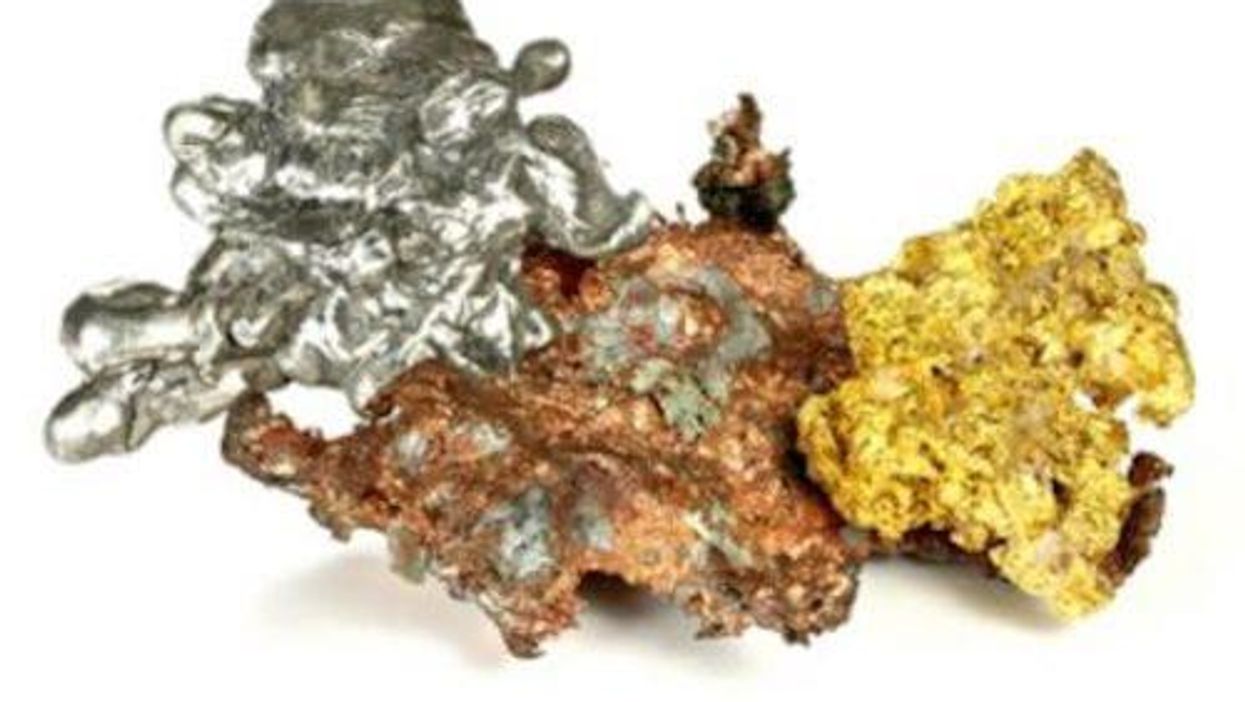Metals Weekly Round-Up: Gold Holds as COVID-19 Cases Spike
The gold price held above US$1,800 this week, on its way to a sixth week of gains, as global COVID-19 cases continued to rise.
The gold price held above US$1,800 per ounce this week. Starting the period at US$1,806, the yellow metal briefly slipped to US$1,795 before climbing back above the US$1,800 threshold.
Rising COVID-19 cases in gold production hub South Africa, paired with massive upticks in the US, have been price growth catalysts as investors move toward the inflationary hedge and safe haven asset.
As of Friday (July 17) morning, there were 13.8 million COVID-19 cases globally and 591,000 deaths worldwide related to the virus.
Moving as high as US$1,813 on Wednesday (July 15), gold has now added more than 20 percent to its value since falling to US$1,498 in March. It is on its way to a sixth week of gains.
As the long-term impacts of the pandemic begin to emerge, market watchers are forecasting more stimulus and bailouts, which will ultimately bolster the case for gold.
“Gold is tied to the fortunes of the global economy and to our ability to successfully deal with the virus,” Johann Wiebe, lead metals analyst at Refinitiv, told the Investing News Network.
“If the virus subsides, economies open up again and all gets back to normal, so will the gold price. If more cases re-emerge in the US and maybe other places, this hints towards more economic and mobility constraints, which will work in favor of gold,” he continued.
At 9:40 a.m. EDT on Friday, an ounce of gold was trading for US$1,807.85.
Silver has also been on a steady upward trajectory since mid-June, holding above US$19 per ounce.
Now approaching four year highs, the white metal is also poised to benefit from the mounting financial uncertainty related to COVID-19.
For Chris Marchese, senior analyst at GoldSeek, surpassing the US$24 level will be a critical step in silver’s move to new highs. “We have a perfect storm to send both gold and silver higher,” he said.
Watch the video above to hear more from Marchese.
“Once (silver) breaks US$24, US$25, US$26 — that level, maybe it hits US$27, US$28 — I believe we will hit new all-time highs in a relatively short order,” Marchese continued.
Silver was priced at US$19.31 as of Friday at 9:50 a.m. EDT.
As silver and gold moved higher, platinum was challenged and fell lower. Starting the trading week at US$839 per ounce, the metal trended down to a low of US$812. At 10:01 a.m. EDT on Friday, platinum was priced at US$827.
Palladium sat in the US$1,900 per ounce range, surging to US$1,993 on Monday (July 13). The metal dropped to US$1,885 hours later before ticking higher in the days to follow.
Continued pressure on auto demand is seen weighing on palladium’s ability to reach its early March level of around US$2,400. At 10:10 a.m. EDT on Friday, palladium was moving for US$1,977.
As the precious metals held steady, base metals faced headwinds, ending the week lower. Concern that a second wave of COVID-19 will lead to new lockdowns prevented the space from locking in gains.
Copper had fallen 2.4 percent by Thursday (July 16) to reach US$6,385 per tonne, down from the US$6,545 level seen on Monday.
Despite that poor showing, the red metal has been a top performer in the base metals sector this year, growing 6 percent on the London Metal Exchange year-to-date.
“Yet, the global refined copper market is likely to show a significant surplus this year, with the demand destruction in the first half of the year unlikely to be offset by supply disruptions,” reads a Fastmarkets overview of the base metals sector, released on Thursday.
The group notes that this indicates that the macroenvironment is the main price driver for copper, not supply and demand fundamentals.
“In this context, we see more upside for copper prices in the July-September quarter and have raised our price forecasts accordingly,” the report reads.
Copper was trading for US$6,385 on Friday morning.
Zinc also started the session at its high, slipping lower over the week. Delayed concentrate shipments this year are expected to put the metal in surplus in 2021.
“For prices, we have raised our third-quarter average base-case forecast to $2,200 per tonne to better account for the current upside breakout, rising supply disruption threats, ample liquidity and broad risk-on sentiment,” the Fastmarkets report notes.
At 10:29 a.m. EDT on Friday, zinc was priced at US$2,188.
Shedding 1.7 percent from its value, nickel spent the early part of the week climbing higher. Reaching US$13,512 per tonne on Wednesday, the metal slipped 1.9 percent overnight.
Despite the fall late in the week, nickel’s H1 performance was surprisingly positive. Nickel’s resilience has prompted Fastmarkets analysts to slightly increase their outlook.
“We remain cautiously bullish on nickel for the third quarter of 2020, based on the balance of a number of macro, fundamental and technical factors,” they wrote in this week’s report. “We have raised our price forecasts modestly as a result.”
Nickel was trading for US$13,253 at 10:42 a.m. EDT.
Supply chain interruptions in the first half of the year and concerns about future lockdowns have benefited lead prices broadly, despite the metal trending lower this session.
Holding in the US$1,800 per tonne range, the metal is now within range of its January highs. At 10:46 a.m. EDT on Friday, lead was moving for US$1,824.
Don’t forget to follow us @INN_Resource for real-time updates!
Securities Disclosure: I, Georgia Williams, hold no direct investment interest in any company mentioned in this article.
Editorial Disclosure: The Investing News Network does not guarantee the accuracy or thoroughness of the information reported in the interviews it conducts. The opinions expressed in these interviews do not reflect the opinions of the Investing News Network and do not constitute investment advice. All readers are encouraged to perform their own due diligence.
